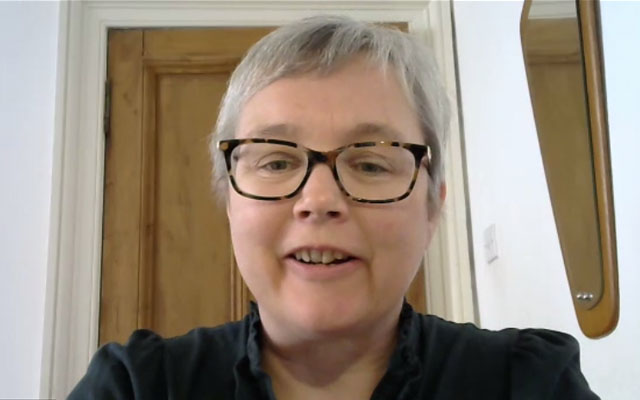6G is coming and hyperconnectivity will give rise to extended reality (XR), and it will not only have to be mobile-first strategies but artificial intelligence (AI)-driven, with new travel businesses offering digital natives experiences and products that are sustainable, safe and people-centric.
This is a current reality, said Caroline Bremner, head of travel research and senior industry manager, travel, Euromonitor International, who spoke at recent PATA webinars on innovation and next-gen technology enabling travel recovery.

Bremner cited the October 2021 board meeting of a Japanese citizen group of virtual reality (VR) users being conducted on the NosVR Metaverse platform where they participated and voted as avatars. Use of the platform contributed to diversity, inclusion, empowerment and equality as the true gender and age of members were not known, she explained.
AI is also being used to combat over-tourism. Bremner said the October 2021 launch of the Venice Smart Control Room is restricting certain cruise vessels with barriers and turnstiles, deploying big data, AI, machine learning and IoT to monitor and alleviate bottlenecks.
She noted: “AI is used to monitor real-time data 24/7 – collected from sensors – on pedestrians, vehicles and gondolas. The key to success is interoperability across different organisations along with connecting with nationwide schemes once they are up and running.
“By 2030, there could be almost 500 billion connected machines, including wearables, vehicles, drones, appliances, robots and smart sensors, and hyperconnectivity from 6G will lead to XR, holograms, digital twins and truly immersive experiences in real time.”
Bremner stated that innovation pillars for the path ahead will have to be “digital – business transformation to deliver the consumer experience; sustainable – to address climate change, creativity and transparency; safe – provide contactless, self-service and seamless experiences; and people-centric – to empower, be inclusive and renewable”.
XR refers to all real-and-virtual combined environments and human-machine interactions generated by computer technology and wearables. It includes representative forms such as augmented reality, mixed reality, VR and the areas interpolated among them.




















